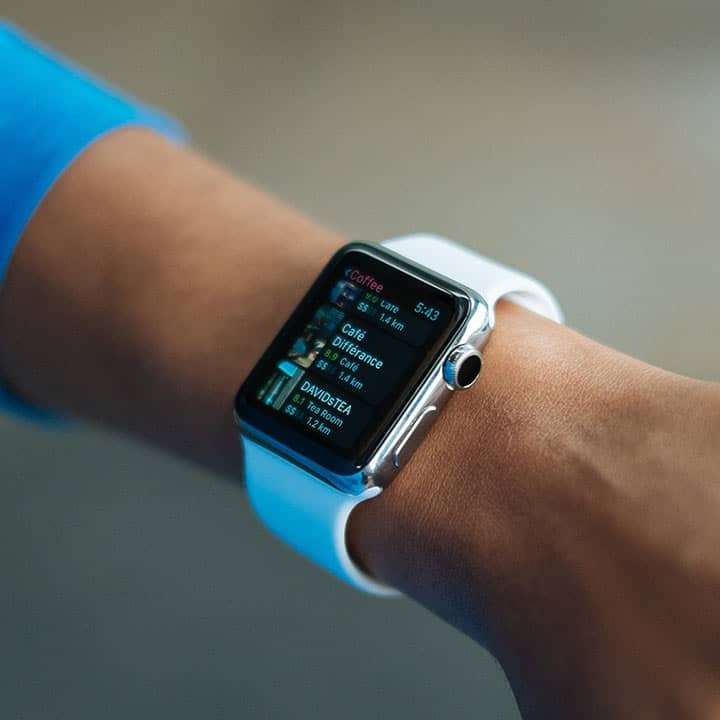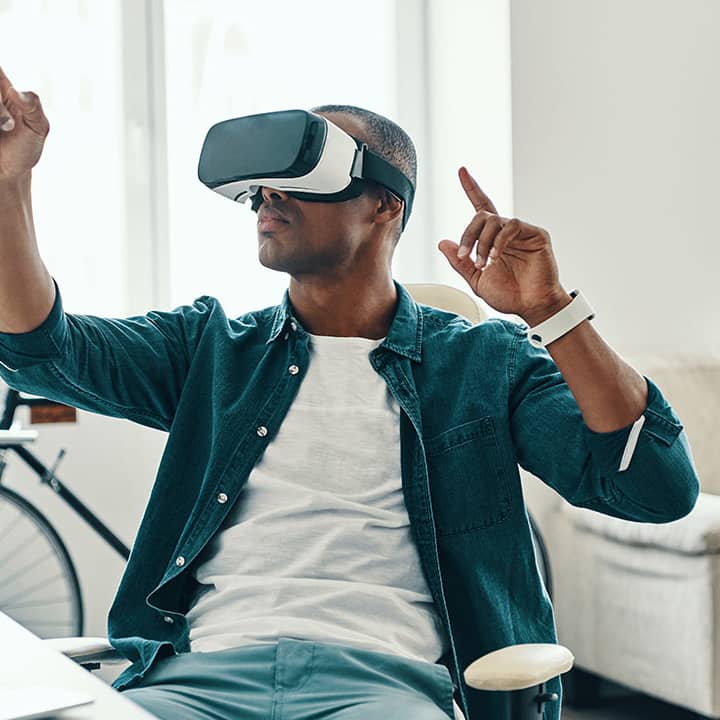Revolutionizing Robotics with AI-Powered Visual Cognition
What in this revolution robotics with AI?
In a significant leap for robotics, MIT have introduced a method that merges next-token prediction with video diffusion to enhance robotics with AI visual cognition. This novel approach promises to revolutionize robotics by enabling machines to navigate and interact with their surroundings more intelligently and efficiently.
Understanding the Breakthrough
Traditionally, computer vision has been one of the most challenging aspects of robotic development. Robots need the ability to not only recognize objects but also understand context, plan actions, and make decisions based on incomplete or noisy data. The new method from MIT addresses these limitations by combining neural networks with next-token prediction, a technique often used in natural language processing, and video diffusion, which helps predict future visual states.
This hybrid approach allows robots to:
- Clean corrupted data: AI systems can correct errors in sensory data, improving accuracy in real-time.
- Anticipate future actions: Robots can predict outcomes of their actions, making them more proactive in dynamic environments.
- Adapt quickly to changes: This capability is crucial for applications like autonomous vehicles and industrial robotics, where robots must react to rapidly changing surroundings.
For instance, in autonomous vehicles, this system could enable better navigation through unpredictable traffic, while in manufacturing, robots could adjust their actions based on changes in the production line.
Broader Implications
This advancement is not limited to self-driving cars or industrial use cases. It can also be applied in healthcare, where surgical robots need precision and adaptability, and in logistics, where automated systems require flexible decision-making for efficient warehouse management. Additionally, this innovation could boost drone technology, enabling unmanned aerial vehicles to navigate more complex terrains autonomously.
As AI continues to evolve in the realm of visual cognition, we are moving closer to an era where robots can seamlessly integrate into human environments, improving productivity and safety across industries. If you want to know more visit us to know more!
To stay updated on this exciting field, visit MIT News for more insights on this groundbreaking research.








